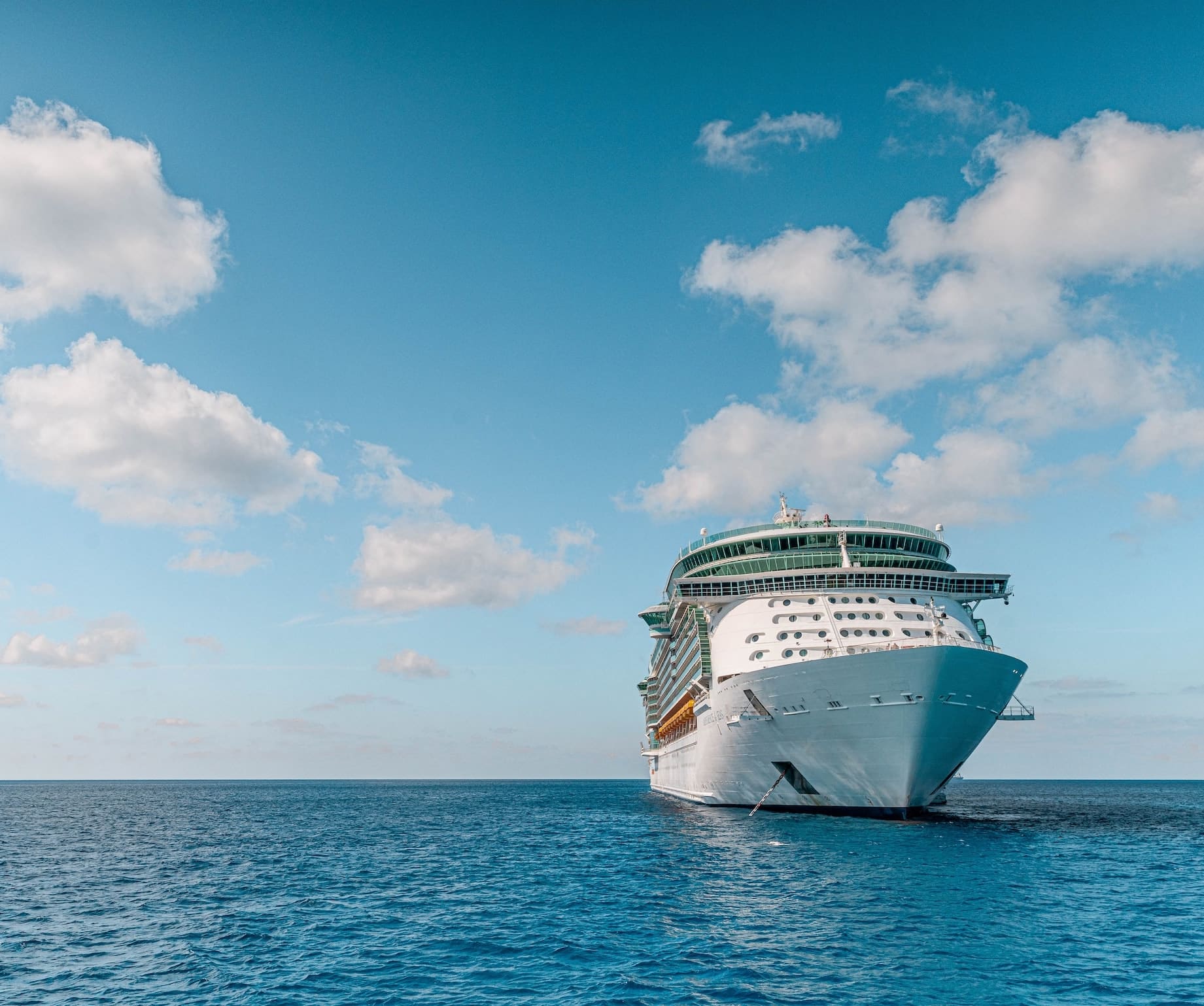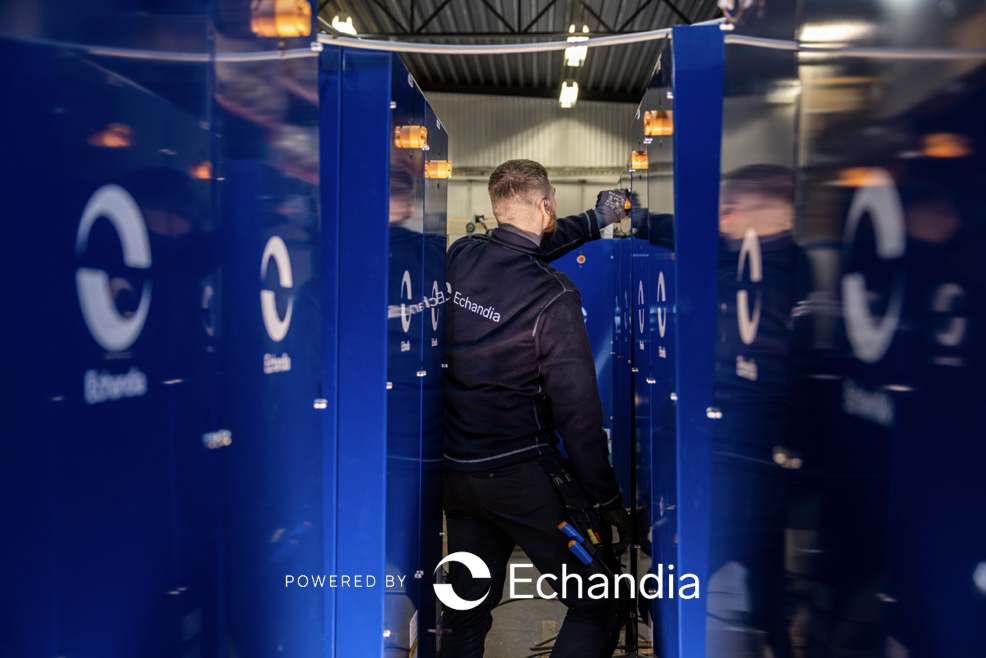
Safe and durable maritime battery systems
Echandia battery systems is a lithium-ion based heavy-duty system designed and certified for tough maritime use.
Learn more about Echandia Power Echandia Energy
Minimize emissions. And operational costs.
Maritime battery systems can be used for electric propulsion or hybridization. The Echandia battery platform is a heavy-duty ESS designed and built for maritime requirements.
Our battery systems have the flexibility and scalability to be used where you need it. From smaller ferries, to workboats to large RoRo and RoPax.
With a range of possible applications, from electric propulsion, to optimizing energy use, you open up for the possibility to minimize your emissions, while lowering operational costs.
Electrifying heavy-duty applications
Electric Propulsion
Battery systems can in many cases be used as the primary source of energy for full electric propulsion. This is a true zero-emission solution available for a range of vessels.
Hybridization
Batteries on larger vessels can be used to create hybrid propulsion systems and be used as reserve power.
Onboard support systems
By using batteries on larger vessels, we can create an energy efficient operation. Typical applications are spinning reserve, peak shaving and UPS.
Echandia Design Philosophy
Commercial maritime applications run on tight schedules in tough environments. They are constantly exposed to vibrations, heat and cold and with charge and discharge cycles.
Our systems are built to handle the toughest demands, meeting the highest safety requirements, and to be a financially viable choice for shipowners.
Our battery installations and battery-management systems are lightweight, modular and functional, providing a positive installation experience.
Size & weight
Our LTO systems can be up to 50 percent lighter and significantly smaller than most lithium-ion alternatives. We meet the energy requirement with less oversizing.
Durability & cycle life
The best way to get a low total cost of ownership, is to use batteries for longer. With less degradation over time you can be sure to follow the lifespan of the vessel.
Safety & endurance
Maritime battery systems needs to endure harsh environments, while operating under tough profiles. At the same time, they must maintain a high level of safety.
FAQ
Most vessels can be electrified, either fully or partially. Conditions like availability of charging infrastructure, route length, available charging time, and maximum weight requirements can impact to what degree av vessel can be electrified. Many larger ships install batteries to become more energy efficient or handle peak loads.
How fast a battery can charge, and discharge energy is called C-rate. High C-rates means faster charging. C-rates are closely related to the batteries underlying chemistry and other system components. The time it takes to fully charge a battery is also determined by its size. The smaller the battery, the faster it can be fully charged. Therefore, when designing a battery system, the optimal size is as small as possible while still supplying the energy needed for the operation at hand.
They can be huge, but it depends. Size is limited by how much the vessel can carry and still safely operate in relation to the power it needs. That means, that the ultimate size and weight is determined by the energy requirement for the given application, and its access to charging infrastructure. In maritime, the smaller the system, the better.
Comparing weight per kWh between different systems will be misleading. Systems that require less buffer energy to meet the energy requirements over the lifetime, will be lighter on system level, even though they might be heavier when compared on a kWh-basis. To know the exact weight for the system, the operational profile needs to be understood.
The lifetime of a battery, or its cycle life is mostly dependent on the underlying battery chemistry. It is also dependent on how the battery is being used over the planned lifetime. The level of usage, or DOD (depth of discharge) is an important variable when designing a system that will be in use for a long time.
It depends. To calculate a system price, a number of factors needs to be known. This is what we call the operational profile. The cost per kWh can be misleading since the system size (number of kWh) can sometimes be substantially less, than what is recognized at first analysis.
Safety is a huge issue for batteries in general, and for maritime batteries specifically. A safe battery system requires several layers of system characteristics and measurements. The cell chemistry that is used in the battery is fundamental, on top of that all systems need monitoring and prevention methods, as well as suppression systems, gas vents, sprinklers etc. Read more here.